Table of Contents[Hide][Show]
Contributed by healthybladder.com
Some of you may not know, but November is National Bladder Health Month.
Perhaps we don’t give our bladder and urinary tract health much thought, but numbers paint a staggering picture. As many as 60% of women in the US have dealt with a dreadful UTI at least once in their life, and 20% of them are stuck with recurring problems. That adds up to over 8 million health-care visits per year, making it the most common of all bacteria infections in the country!
And we now understand that incontinence doesn’t only affect seniors and women who’ve had children — It happens to elite athletes too! The National Association for Continence found that 1 in 4 women over the age on 18 have had involuntary leaks, and up to 40% of women have overactive bladder symptoms.
In light of these facts and with the help from our friends at Healthy Bladder Plus®, we’ve put together the top bladder health tips you should know and integrate in your lifestyle.
1—Drink Enough Water
We’ve all been told of the health benefits of being well hydrated, and it’s extra important for those with overactive bladder symptoms to know that drinking less water does not help reduce the frequency of bathroom visits. Withholding fluids creates dark, concentrated, acidic urine that is irritating to your bladder, which could actually increase your risk of urge incontinence (leaking on the way to the bathroom).
Making sure you drink enough water also flushes out the urinary tract, reducing your risks of trapping in bacteria leading to a UTI.
Your Weight (lbs) / 2 = How many ounces of water you should drink. If you’re exercising and sweating a lot, of course you should hydrate accordingly!
Hot or Cold? Here’s Why the Temperature of Your Water Matters
Alkaline Water: Healthy or Hoax?
2—Don’t Hold It In
Juggling work, family, your appointment at the DMV and maybe your phobia of public restrooms…Sometimes peeing just gets pushed down the to-do list. But constantly holding it in can weaken your bladder muscles, which could lead to urinary retention – the dreaded condition that prevents you from fully voiding your bladder when you pee, which in turn makes you feel like peeing all the time. And you can just imagine how stagnant fluid creates an ideal environment for an infection to develop…
Don’t go “Just In Case” either!
If you find yourself peeing for less than 8 seconds, you probably didn’t really have to go. Going ‘just in case” before a long car trip is understandable, but making this a habit can actually train your bladder to send urge signals at the first signs of filling instead of regular capacity (about 2 cups). This can also weaken your bladder muscles over time.
Use the bathroom at least once every 4 to 6 hours, and about every 3 hours if you’re prone to UTIs.
3—Cover, Don’t Hover
“Hovering” above the toilet seat while peeing tenses the muscles of your pelvic floor making it difficult for urine to flow easily, often requiring a forced push. If done on a daily basis, this can contribute to pelvic prolapse (weakened bladder).
Due to the tension in the pelvic floor and core muscles you may not fully empty your bladder. This may ultimately cause increased frequency and urgency or even a urinary tract infection.
So ladies: Seat cover, toilet paper liner, or actually sit on the seat – healthier than hovering! Besides, studies on public bathroom hygiene show germs spread from not washing hands, not from the seat.
4—Go Before & After Intercourse
We’ve probably all heard this one before, but it’s always good to be reminded! Urinating before and after intercourse helps flush out any bacteria that could have migrated to the urethra, causing bladder infections.
5—Always Front To Back
That’s an obvious one, since most UTIs are caused by E. Coli bacteria migrating to the urinary tract.
6—Pick Cotton Panties
Sorry ladies, but it’s true: Silk or polyester underwear trap moisture and bacteria against the body, especially thongs! Of course there are occasions that call for those; otherwise go with cotton as much as possible—even when buying leggings and hosiery.
7—Don’t Douche
Boy are we happy this isn’t trending anymore! Douches actually upsets the chemical balance of the vagina, making a woman more susceptible to all manner of infections and therefore, ironically, more prone undesirable “feminine odor”.
8—Forget Cranberry Products
Cranberry is good for your health, but the truth is popular bladder supplement brands fail to pack enough quality nutrients to make their product efficient. They usually extract from the pulp, which is the part of the plant containing little to no active phytonutrients. That’s why we’re really happy we discovered this completely unique supplement that is 100% natural and clinically proven to support bladder function and urinary tract health.
Healthy Bladder Plus® combines 13 herbs and minerals (some of which are quite rare) in a holistic approach that targets kidney health too. This company uses only sustainably grown ingredients that contain much higher amounts of beneficial compounds than cranberry or pumpkinseed, and extract the full range of phytonutrients without the use of harsh chemicals or alcohol in the process. To make it even better, it’s gluten-free, vegan and made in USA!
9—Download the UTI Tracker App
If you’ve already had a UTI or have become more susceptible to bladder infections, you really need this app! Created by board-certified female urologist Dr. Dana Rice, UTItracker is a great tool to help manage your bladder & urinary tract health. When used regularly, this app will recognize lifestyle patterns that could be contributing to UTI symptoms and offers personalized tips for prevention. That is quite brilliant, right?
10—Food to Favor & Food to Avoid
Favor
Choose foods packed with probiotics, especially after treating a UTI with antibiotics. This helps restore the natural bacterial environment, making hard for the bad bacteria to cause another infection. Also, favor foods that are high in fiber. It helps regulate digestion and alleviate constipation, which adds pressure on the bladder and increases urge symptoms.
Avoid
We know adulting can be hard, but coffee is definitely something we should go easy on. Caffeine increases blood flow to the kidneys and reduces water and sodium absorption, which is why it has a diuretic effect. Too much can contribute to dehydration and raise blood pressure, which can trigger an overactive bladder.
A good tip is drinking a glass of water along with your cup of coffee, and definitely don’t add artificial sweeteners! They also act as a diuretic, so consider reaching for natural stevia-based products instead.
And yes, good adulting deserves a glass of wine… But remember, alcohol also has a hefty diuretic effect, so it’s better not to overdo it.
You may also want to watch out for foods that are too spicy or acidic, as they can irritate sensitive bladders and perpetuate urinary tract infection symptoms.
12—Kegels
While the exercise mainly helps those with stress urinary incontinence (involuntary leaks when you sneeze, lift an object from the floor, etc.) it can also helps those with overactive bladder.
Pretend you’re trying to stop the flow of pee. Pull in and squeeze those muscles. Hold the squeeze for about 10 seconds, and then rest for 10 seconds. Try for three or four sets of 10 contractions every day.
13—Talk To Your Doctor
Finding out what is causing the symptoms of incontinence or frequent UTIs is the key to treating the problem, and there are many ways with high success rates. Yet only 1 out of 12 women with symptoms seek treatment. So now you know: Don’t ignore your bladder — talk to your doctor about it!


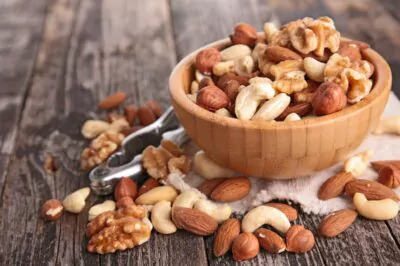
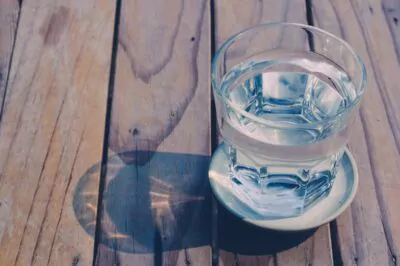
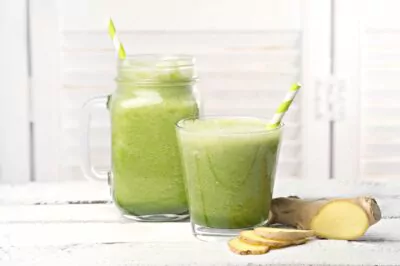
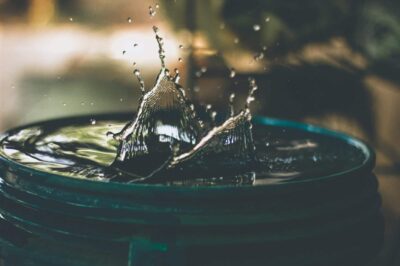

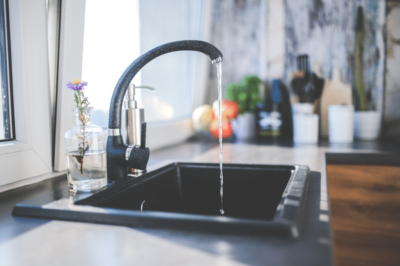
I got UTIs frequently when I was young. Then my mom told me that she got UTIs when she drank tap water. My assumption was either the fluoride, or the chlorine was an allergen for her, and perhaps me as well. So, I stopped drinking tap water and used only filtered water and voila, no more bladder infections! My doc basically said I was crazy. The few times I have reverted to tap water equaled a massive bladder infection! And I follow all the tips above except I don’t do Kegels very much.
Be aware that eating foods high in oxalates (chard, beets, chocolate, and many others) can cause burning on urination. It’s worth investigating if you have UTI symptoms but the culture is negative.